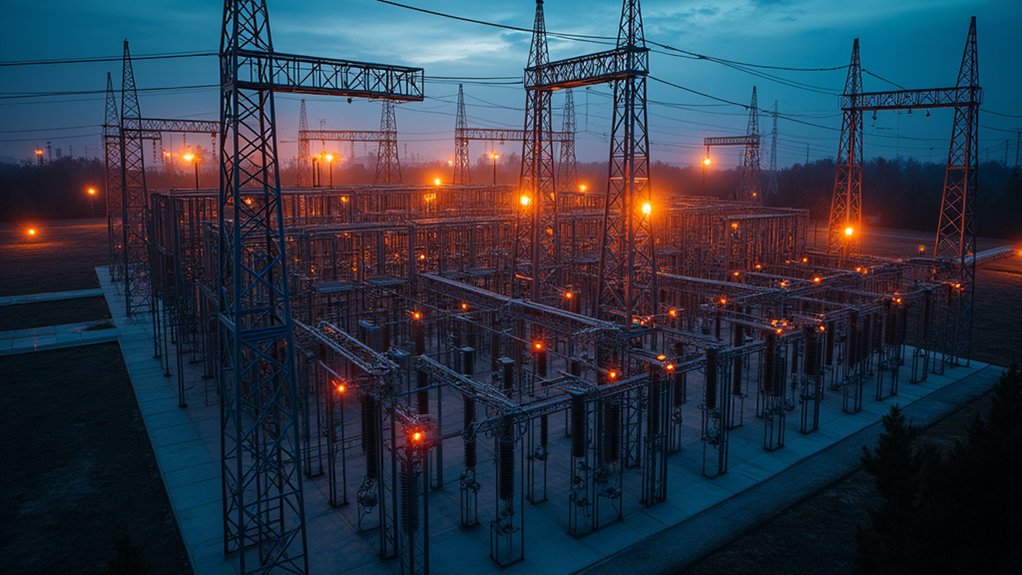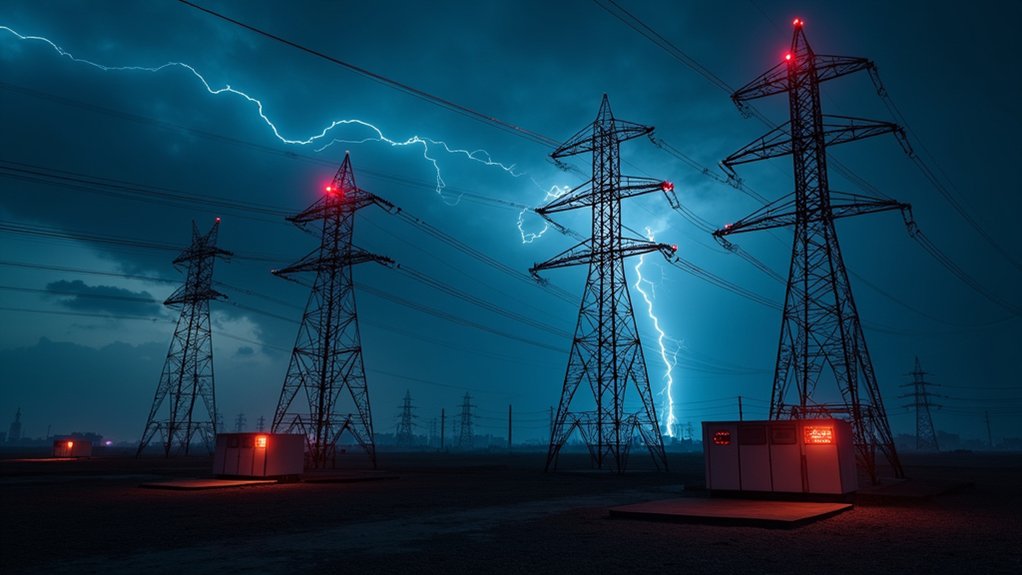As cybersecurity threats against critical infrastructure intensify, the North American Electric Reliability Corporation has implemented CIP-015-1, a thorough standard mandating Internal Network Security Monitoring for all entities operating high and medium impact Bulk Electric System Cyber Systems.
This extensive regulation represents a fundamental shift from traditional perimeter-based security approaches, requiring utilities to monitor network connections and communications within Electronic Security Perimeters continuously. Given the rising costs of cybercrime, with data breach costs averaging $4.35 million, these preventive measures are crucial for grid security.
The standard establishes four core requirements that entities must fulfill immediately. Network security monitoring must operate continuously, detecting anomalous activity including unexpected, undesired, unusual, or undetermined network behaviors. Entities must evaluate detected anomalies and determine appropriate responses, alongside maintaining detailed, auditable documentation of all processes, rationale, and actions taken.
CIP-015-1 mandates continuous network monitoring, anomaly evaluation, incident response determination, and comprehensive documentation for all qualifying electric utility entities.
Unlike previous prescriptive regulations, CIP-015-1 employs objective-based compliance, allowing entities to determine their implementation approaches.
Data collection and retention policies under the standard require entities to gather internal network traffic and event data for investigating and mitigating cyber incidents. Each organization sets its own retention requirements, balancing operational needs with regulatory expectations as well as protecting data from unauthorized access.
Risk-based rationale should guide data collection strategies, with tailored approaches for different operational environments such as substations versus control centers.
Technical implementation strategies must address unique facility requirements, as each substation and control center requires customized baselines for effective anomaly detection. The MITRE ATT&CK framework serves as guidance for identifying valid network collection sources relevant to grid cybersecurity. Automated solutions for network baselining and anomaly detection are encouraged to streamline compliance processes while ensuring continuous monitoring without operational disruption.
The regulation’s impact on utilities extends beyond technical requirements, demanding significant operational changes to network monitoring and incident response processes. INSM systems must maintain network segmentation from operational technology and corporate networks to ensure security isolation. Improved detection capabilities aim to identify malicious activity that bypasses traditional perimeter defenses, potentially reducing cyberattack risks and impacts on critical grid assets. Implementation deadlines require Control Centers and backup Control Centers to achieve compliance by June 2028, while other medium impact systems must meet requirements earlier.
Yet, utilities face substantial challenges in redesigning processes, requiring operational and compliance teams to develop new expertise for effective Internal Network Security Monitoring implementation and management.









